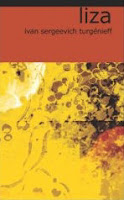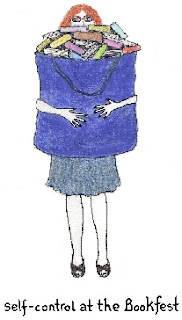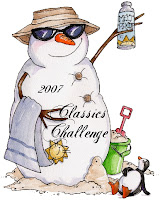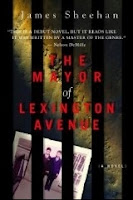Books bought: 56
Amount spent: $57
Weight carried: 13kg. (14 if you include the junk in my shoulder bag.)
Biggest books bought: Cross Stitch (aka Outlander) by Diana Gabaldon (863 pages); The Bourne Supremacy by Robert Ludlum (695 pages); Sophie’s Choice by William Styron (684 pages).
Weirdest reason for buying a book: I picked up a copy of Jeffrey Archer’s Kane and Abel to replace the one my mother is convinced was pinched by our resident ghost.
Timeliest find: The Last King of Scotland by Giles Foden.
Oops!: A call went out over the PA system for a copy of She by ‘Rider H. Haggard’.
So near, and yet so far: Plenty of crossword dictionaries, but no books of killer Scrabble words. Also, dozens upon dozens of Ludlums, but only the first two of the Bourne trilogy.
Most oxymoronic book title spotted: The Science of Psychic Healing. Not surprisingly, on one of the Humour & Oddities tables.
Strangest book request: Someone was after a copy of The Secrets of Vinegar.
Shortest books bought: The Prime of Miss Jean Brodie by Muriel Spark (128 pages); Daisy Miller and Other Stories by Henry James (146 pages); Madame Crowl’s Ghost and Other Stories by Sheridan le Fanu (174 pages).
Who would read...? The Running Shoe Book (a complete history); The Encyclopedia of Canaries.
Struck speechless by: The mystery fan who, four kids in tow, knelt down to retrieve some Agatha Christies from the pile under the table - right in front of me. Without so much as a by-your-leave beforehand or an apology afterward. Or, indeed, any acknowledgement that I was even there and waiting to go forwards.
Been on screen: The Last King of Scotland, My Brilliant Career, Enigma, The Bourne Identity, The Bourne Supremacy, One Flew Over The Cuckoo’s Nest, Sophie’s Choice, The Silence of the Lambs, The Unbearable Lightness of Being, Bridget Jones’s Diary.
Missing in action: Truman Capote (I’ve now lost count of the number of years I’ve been wanting to lay hands on In Cold Blood). And, surprisingly, Anthony Trollope. Every year I’ve seen his books on the Literature tables, every year I’ve thought I really must get around to reading them, and every year I’ve passed over them in favour of something else. And now when I was absolutely determined to start reading his books, there wasn’t a single one in sight.
Relieved to see: That the cover art of the Georgette Heyers I bought did not (unlike a certain copy of The Reluctant Widow) feature the hairstyles and clothing of the 1970s.
Books for the next blackout: Madame Crowl’s Ghost and Other Stories by Sheridan le Fanu; Dracula. Reading horror by the light of storm lanterns is wonderfully atmospheric. Might be waiting a while though; there haven’t been many storms here this storm season, much less power outages.
Most challenging moment: Heading into the High Quality section in search of North and South, and North and South ONLY. (Followed within the hour by Biggest Moment of Weakness.)
Can’t wait to re-read: Tracy Grant’s Daughter of the Game. I borrowed this Regency-set thriller from the library in 2005 and when I saw it at the Bookfest, I just had to have it (see Biggest Moment of Weakness, above).
Most ego-boosting book title spotted: The Natural Superiority of the Left-Handed.
Biggest disappointment: Being in the High Quality section with three books I really wanted - and only enough money for two. Something had to be jettisoned, and I decided it would have to be the heaviest. So I had to bid a sad farewell to Michel Faber’s (enormous) The Crimson Petal and the White.
Unexpected fringe benefit: Eavesdropping on the train home and picking up a bit of gossip about the cause of Saturday’s fender-bender outside our place. Seems one driver swerved to miss some kids playing on the road - and there’s only one neighbour with any of those....

In spite of the title, Elizaveta Mikhailovna is not the main character in this book, but rather the hub around which the other characters revolve. The role of protagonist appears to be filled by her would-be suitor Fedor Ivanovich Lavretsky (at least his is the only family history related through four generations of detail). But to get to Liza, he must negotiate his way past his rival Panshine, her mother, her great-aunt, and a ghost from his past who turns out not to be so ghostly after all. Naturally events all end up in a hopeless tangle, and it is Liza’s quiet determination that provides the answer, when she takes the only action that she can.























